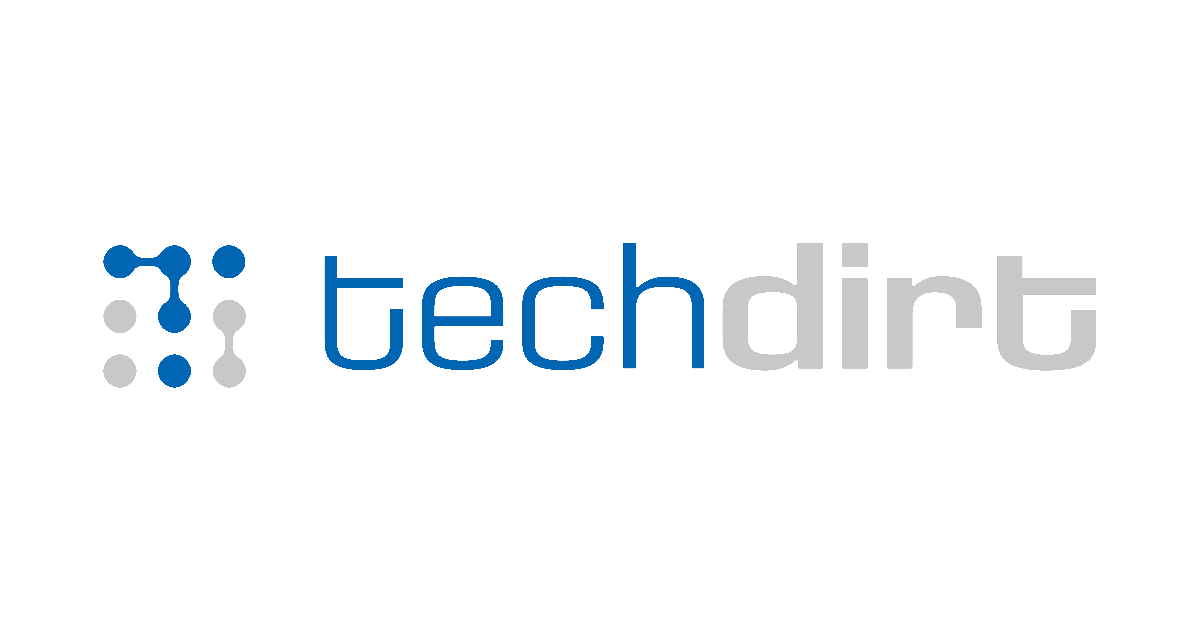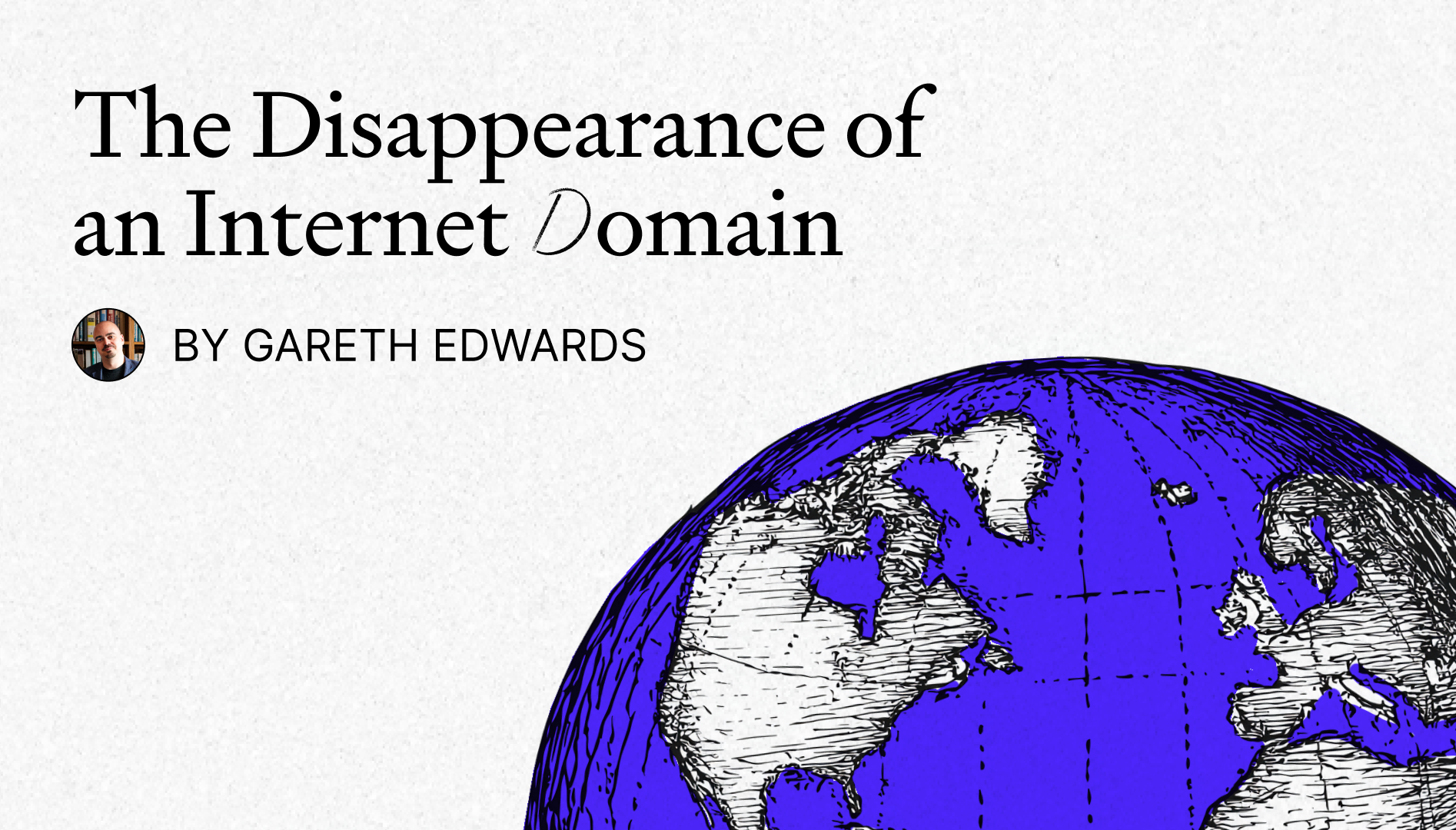- 16 Posts
- 44 Comments

 12·5 days ago
12·5 days agoHm, true that. I guess it’s both. Synergy.

 23·5 days ago
23·5 days agoI don’t think it’s corporate Reddit. I think it’s mostly moderators co-opting the space and wanting to shape the narrative. As you said, almost all of the distortion has to do with either some corporate interest or some political interest. Wonder why. Anyway, Lemmy’s equally susceptible to it, because it uses the same model. Being a moderator is a thankless and time-consuming job and there’s always a shortage of them, so stepping up to become a mod is pretty much always an option if you are motivated to put some time into it so you can start to shape the discourse within a subreddit or a community.
That stuff is already here on Lemmy at a pretty large scale, it just hasn’t progressed to the late-stage shamelessness that it has on Reddit. On Reddit they don’t even bother to pretend it’s not what they’re doing.

 3·10 days ago
3·10 days agoYeah, the whole aspect of spending AI with all its associated costs to defeat the AI is a whole unpleasant aspect of it, for sure.

 16·10 days ago
16·10 days agoBut it’s not personal. The entity you are interacting with has explicitly chosen to attack your systems for their own benefit, causing significant damage while disguising its intent and evading the systems which are supposed to protect your stuff from harm.
I’m not saying you need to go throw eggs at the developers’ houses. I’m saying that once an entity is actively harming you, it becomes okay to harm it back to motivate it to stop.

 9·10 days ago
9·10 days ago- I would give it a similar but distinct name, and just be aboveboard in the docs about where people can find the original project, what the differences are, and about what’s going on. As long as you’re open about what’s up I think it would be hard for any reasonable person to take offense if you prefer a less unixy style of output or whatever.
- I would create an issue on the original project just explaining what you like and what you implemented in the new one, and saying you’re happy to contribute although the changes may not be wanted et cetera. Just be honest. You’re fine. More communication is usually a good thing.
- git is powerful. It’s worth learning about the concepts if you do decide to invest the effort. You don’t have to get into a crazy workflow, but having your own ongoing branch and being able to merge/rebase changes from upstream as they happen can make your life easier. However, like a lot of tools from that type of toolbox, it can also make your life a lot harder if you’re not certain of what you’re doing, so YMMV. I would try to read a specific guide about how to set up the workflow you want, not just the reference documentation. Git has a ton of features, 90+% of which you don’t need, and many of its core features are called strange things or work in an unintuitive way.

 1·10 days ago
1·10 days agodeleted by creator

 30·10 days ago
30·10 days agoThe company says the content served to bots is deliberately irrelevant to the website being crawled, but it is carefully sourced or generated using real scientific facts—such as neutral information about biology, physics, or mathematics—to avoid spreading misinformation (whether this approach effectively prevents misinformation, however, remains unproven).
You cowards. Make it all Hitler fan stuff and wild Elon Musk porno slash fiction. Make it a bunch of source code examples with malicious bugs. Make it instructions for how to make nuclear weapons. They want to ignore the blocking directives and lie about their user agent? Dude, fuck ‘em up. Today’s society has made people way too nice.

 7·11 days ago
7·11 days agoI think this is probably the way on practically every site that allows you to delete your account.

 41·20 days ago
41·20 days agoMeta pursued arbitration, arguing that the book is prohibited under a nondisparagement contract she signed as a global affairs employee.
I feel like in the current climate, a lot more people need to be adhering to the doctrine of go fuck yourself.
“But we had the ARBITER say you COULD NOT”
“Yeah good luck with that”
“We will SUE you and RUIN you”
“Hey I’m doing a gofundme then good luck with all your stuff, people definitely know about my book now.”

 5·29 days ago
5·29 days agoI’m not trying to be overly self-promotional, but rss.ponder.cat + piefed.social’s “feeds” could probably do this very well. I actually really like the combination of having aggregated RSS feeds I can control, along with other people voting on them so particularly interesting stuff from them get surfaced more than other stuff.

 17·1 month ago
17·1 month ago“Wildfires” is a surprisingly large area. I wonder what the 2025 area for it is.
I was careful with my phrasing for exactly that reason. I think that, either, before the end of his current term things will blow up in such cataclysmic fashion that all bets are off for what comes next, or else Trump will be starting his third term in 2029.
As much as I am scared for it, I am hoping it is the first.
Not even Elon Musk gets to ignore Wikimedia policies. That will never change.
I hope this is true. By the end of Trump’s term, ICE may be able to simply storm the Wikimedia offices and shut everything down if they don’t adhere to Trump’s official truth.
I assume they have enough international presence that things will be able to continue, but their core office being in the US is no longer the pretty-good protection against authoritarian regimes trying to force them to alter what they’re presenting. I’m sure they will fight, but a lot of the tools they used to use to fight with are being attacked, with quite a bit of success, right now.
Wikipedia is extremely resistant to this kind of thing. They’ve been dealing with it for decades now. All kinds of people have had that idea, sometimes professionally being paid by some company/country/individual to the tune of quite a bit of money. Sometimes they do succeed in bending the narrative slightly in particular ways, but the simple “overwhelm everyone’s resources” approach that works a treat on Lemmy or Facebook can get simply brushed aside on Wikipedia because of its strong culture and good design features.
Ah, I got it. Yeah, it makes sense, WP.com is moderately likely to keep working fine probably, it’s just that it would make me nervous at this stage. I just don’t think he can do anything to really “punish” Bluehost if they’re using his software in some way that displeases him. WPEngine’s mistake was getting tangled up into a business relationship where they were depending on listings and APIs and things. Although, it probably seemed like a good idea until their business counterpart went off the deep end.

 13·2 months ago
13·2 months agoIt’s a pretty hard thing to hold back the tsunami of assholes who descend on a company once it starts making above a certain amount of money, who want to use it for evil.
Yeah but why would the company run by the crazy person be the only safe place?
It’s open source. Just find a different host that isn’t run by a known unstable human. Literally any other. That would be my feeling on it, at least.
Yes yes this is a very good point, stay well clear of Wordpress.com, Automattic, or any similar nonsense. All I meant by “Wordpress hosting” was managed hosting from some third-party place like Bluehost or Hostinger. The software is fine, it’s all open source and the worst that will happen is 6 months from now, it’s not getting a lot of feature updates because the core company that was making it has imploded completely, and someone from the community has taken over security updates.
But yes you need to stay clear of the clusterfuck while it’s going on. Don’t use Wordpress.com or anything adjacent to it.
Edit: Wait, I didn’t even read closely enough. Why would Wordpress.com be safe? I had some vague impression it was connected with Automattic in some way, although I’m not sure, maybe it is just one of the third-party companies. I just feel like anything that’s in any way adjacent to Automattic or anything “official” about Wordpress would be best avoided for a while.
Yeah. I’ve run plenty of services from a computer sitting in someone’s office, or in my living room, while they’re in-production-while-in-development. Sometimes it makes sense. But it’s just not something you want to deliberately aim for as the solution. What if the power goes out? What if your motherboard dies? What if the toilet overflows when you’re not there, and floods the place?
Just get a dedicated service and pay them their $10/month and have them worry about all that crap for you.















😀